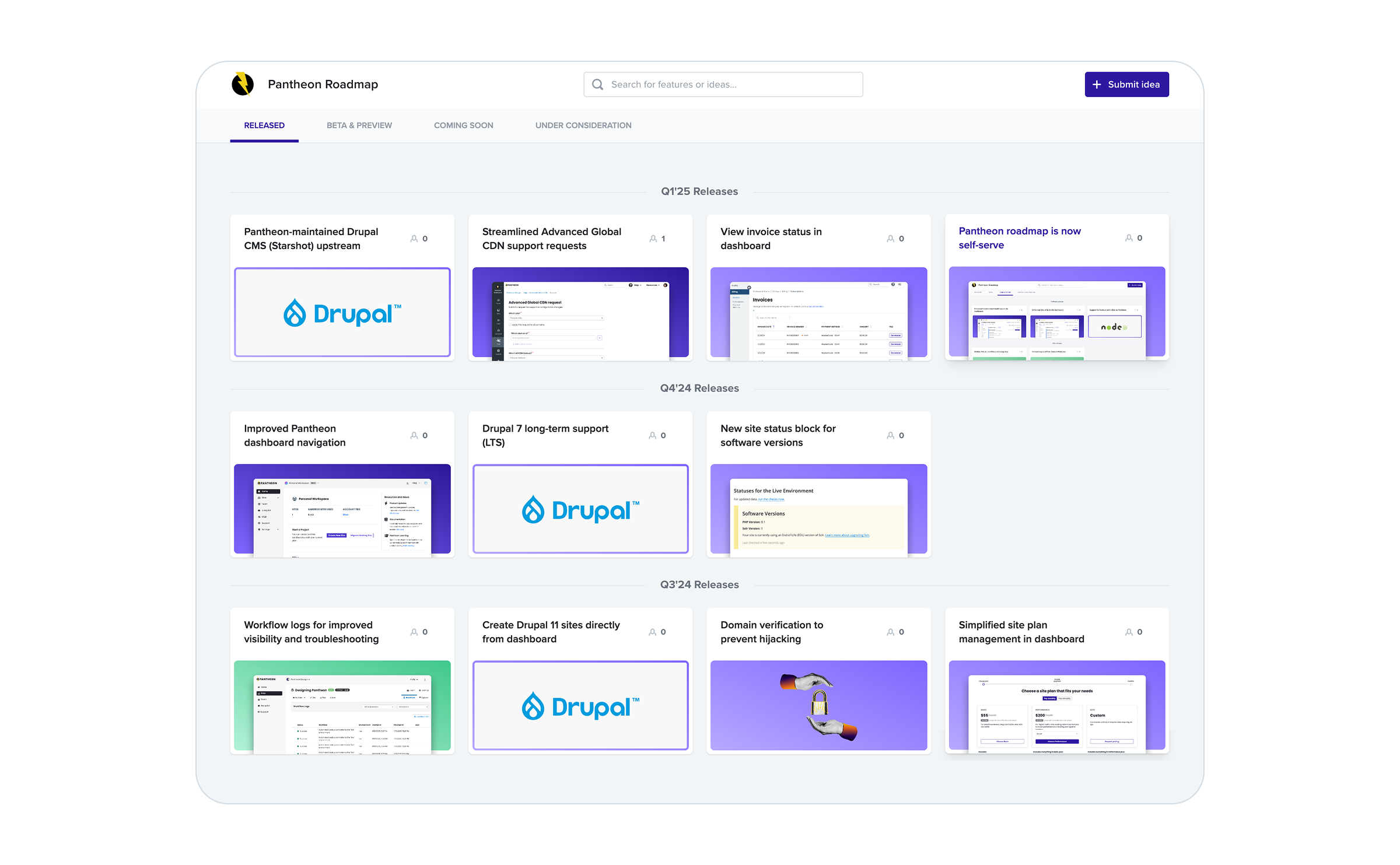Three UX Lessons At Decoupled Days 2022
Image

Image

Industry insights from developers and business community about implementing decoupled and headless CMS architectures
Heading to Decoupled Days 2022 in New York City, I felt like a guest of honor.
Decoupled Days is a conference for architects, developers and the business community involved in implementing decoupled and headless CMS architectures. Now I am neither. Although as a UX Researcher Manager at Pantheon, I might qualify as an architect.
I wanted to understand and compare what the current user experience across various decoupled offerings was on the market and how we could improve on it with further iterations to our Front-End Sites offering. Having interviewed 10 industry experts and chatted with countless others, I learned these three things.
Conscious Decoupling: Balancing Tradeoffs Associated with Front-End Sites
A couple of years ago using a decoupled architecture was especially difficult. Engineering teams may have gotten some speed improvements and workflow benefits, but they came at the expense of content editors and marketers that actually maintained and spent the most time on the site with day-to-day content updates.
For instance, I talked with many experts who had seen teams with larger sites get bogged down by slow builds when using pure Static Site Generation. Developers might not mind a minuteslong build and deploy pipeline for code changes but content editors don't expect to wait for more than a second or two after pressing "publish" to see their changes. At the conference, there was plenty of discussion on how to minimize that wait, either sophisticated approaches to static generation or Server-Side Rendering to balance the trade-offs.
Questions such as how to wire up Search on a site and how to set that up when using decoupled architectures often require a modular approach. Development teams pick and choose the best services that fit their needs, but they still have to put those pieces of the puzzle together to get their sites to work the way they want. We, at Pantheon, see an opportunity to highlight the recipes that work best.
Web development teams often benefit from a more efficient, parallelized workflow where back-end developers and front-end developers can specialize. They are able to improve time to market by working in a less linear flow. In speaking with attendees, developers said they like to separate front end and back end to get a better independent working version of each. Plus, they do not have to update both of them at the same time.
Content creators and marketers benefit from decoupled architectures getting more flexibility and experimentation power while still using familiar WordPress or Drupal tools.
Teams working at scale with multiple data sources, web components, design systems and use cases for governance can all achieve significant gains with projects that use JavaScript frameworks combined with different CMS (databases) decoupled site architectures.
Inflection Point for WebOps
With revolutionary tooling like Figma and Storybook helping with design systems and managing web components at scale, we have arrived at an amazing inflection point in site creation.
For example, teams might spin up a Front-End Site at Pantheon to use with StoryBook for the purpose of building component-driven UIs faster across multiple sites in their portfolio. Connecting powerful tools for developing web components and working with design systems is mission critical for WebOps teams working at an enterprise scale.
For years, in part due to tooling, designers and developers have been working siloed away from each other. Innovation suffered and the quality of user experience lagged needlessly. Today, we witness a renaissance because front-end developers and designers are finally working together using these collaborative platforms, tools and JavaScript frameworks.
As a result, our opportunities for innovation expand. Here’s a great collaboration example from Randy Oest, Creative Director at Four Kitchens.
What we’ve discovered is that design tokens give a shared language between designers and developers and the tooling allow us to bridge the gap between design tools and developer tools. Working directly with a GitHub repository where those design tokens are integrated into a front-end UI kit allows designers to make decisions that allow front-end engineers to focus on front-end engineering. So everyone is able to bring in their A-game to the things they are best at in a way that has shared language and shared tooling.
- Randy Oest, Creative Director at Four Kitchens
Good User Experience = Good Business
We know agencies are under more pressure to integrate new marketing products into their stack and a need to tie everything to a marketing KPI. We asked conference participants about different user groups and the desired outcomes they have for each of them. For those participants who are able to measure the outcomes delivered with a decoupled site architecture, performance was a significant gain for end users, development teams, content marketing teams and ultimately the bottom line.
Understanding current user experience and its path forward can help unlock the direction with site architectures. The same is true for business needs. As a UX professional, I am always advocating for security, performance and accessibility. Otherwise, whatever you build, it won’t be usable. With a decoupled site architecture plan, you can dramatically improve all three pillars for your clients and partners.
As a maker, I know it’s exciting to learn new and shiny things. And it is my observation that we are entering an era where what-was-bleeding-edge is now becoming a best practice when supported by platforms that embrace the WebOps team culture, the website as their product and ultimately the end-user experience.
If you are interested in running a modern front-end framework like Gatsby or Next.js on Pantheon, let us know here.


